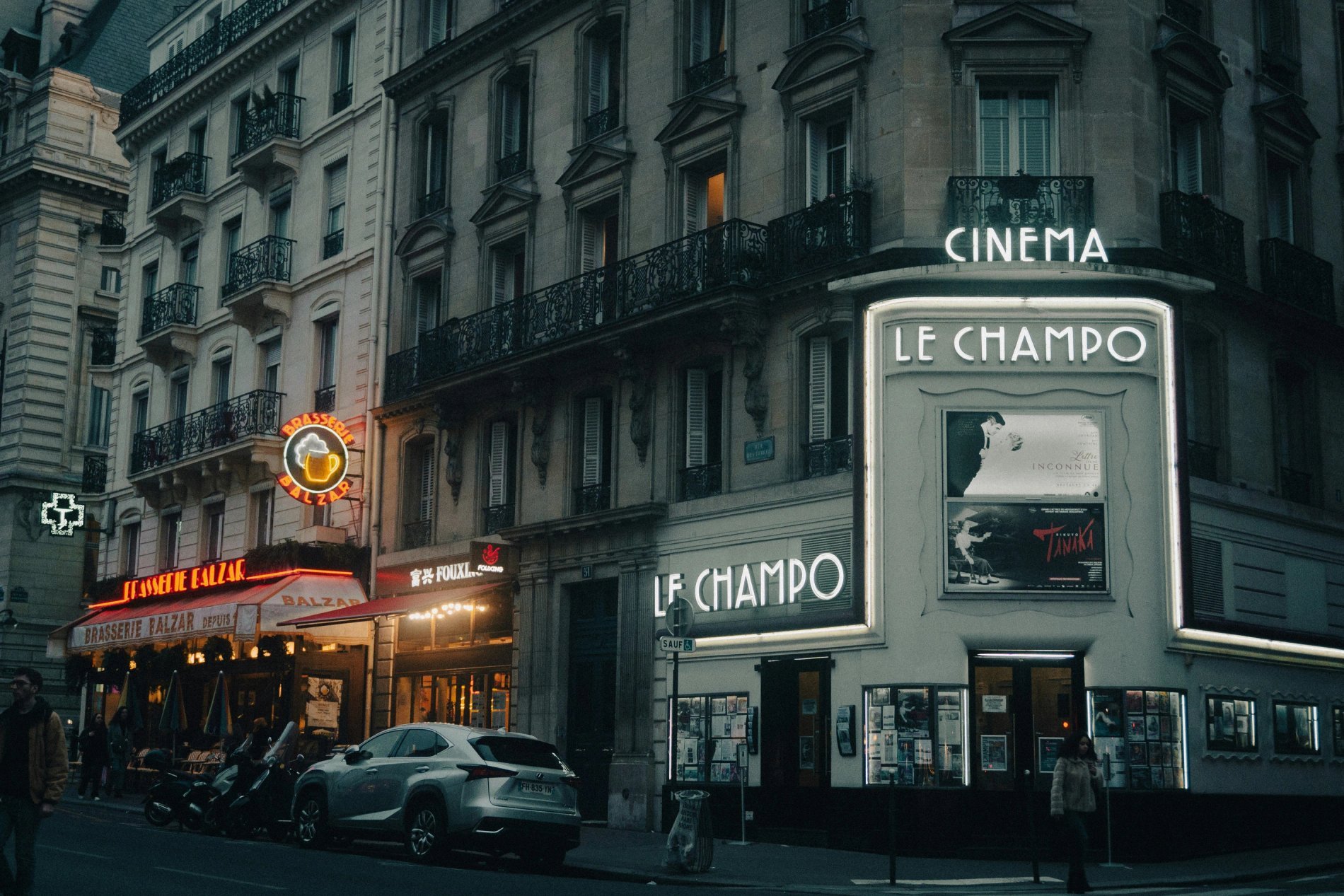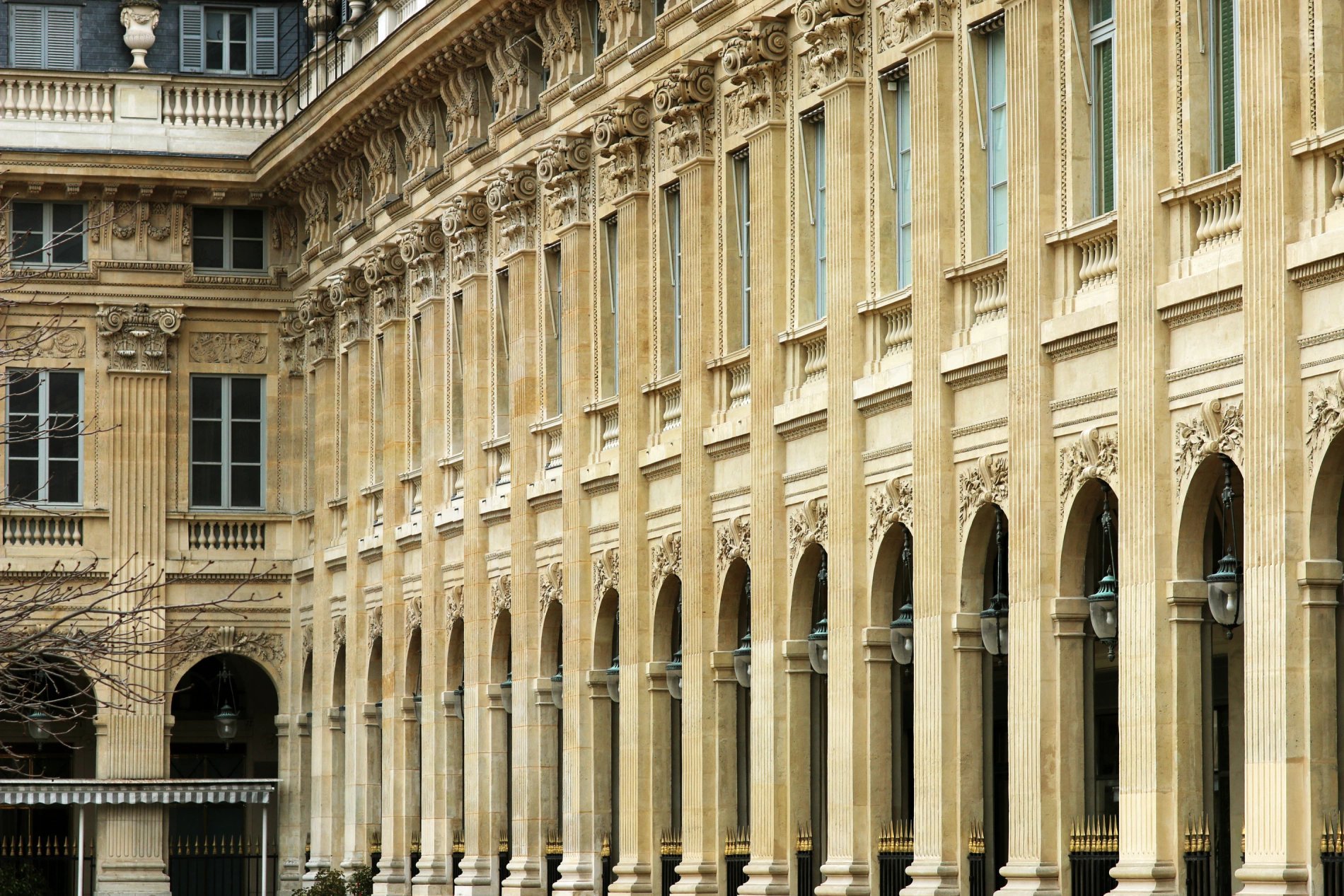District
Discover the Odéon district
District
Discover the Odéon district
Students, parents or teachers visiting Paris, looking for a hotel close to the Sorbonne University or another Parisian institution? Hôtel Delavigne is the ideal address for a stay that's central, inspiring and comfortable.
A privileged location for students and families
Just a 5-minute walk from the Sorbonne, our hotel is right in the heart of the Latin Quarter, one of Paris' oldest and most emblematic student districts. You're also within easy reach of other major institutions: Université Paris Cité, Sciences Po, Panthéon-Assas, Collège de France...
Charming accommodation for a studious or tourist stay
Whether it's for a final exam, the start of the academic year, an open day or a family holiday, the Hôtel Delavigne offers an elegant, calm setting conducive to concentration. Our rooms are all equipped with a workspace, high-performance wifi and meticulous comfort.
Experience the Latin Quarter differently
When you stay at the Hôtel Delavigne, you'll also enjoy the unique atmosphere of the Latin Quarter: its bookshops, cafés, theaters, museums and, of course, the narrow streets steeped in history that make the Left Bank so charming.
Book your accommodation near Paris-Sorbonne University at the Hôtel Delavigne, the ideal place to combine studying and discovering Paris.


